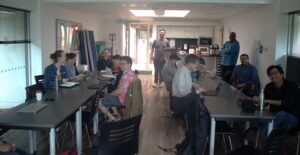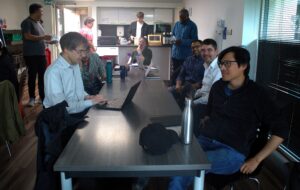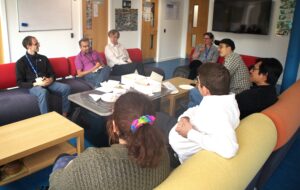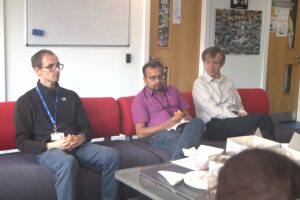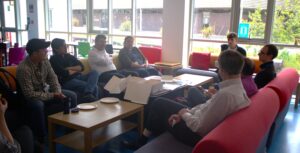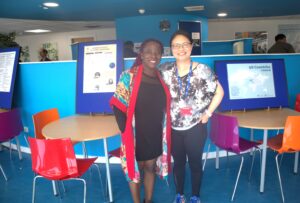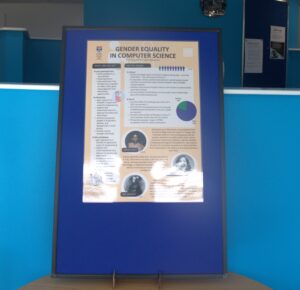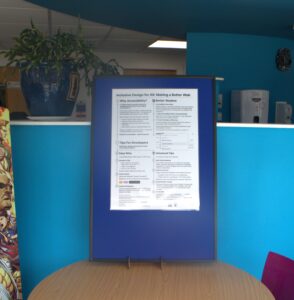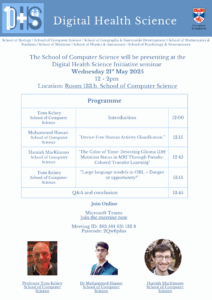![]() 11.30am – 12.00pm followed by “Ask Me Anything” in Jack Cole Coffee Area 12.00pm-1.00pm
11.30am – 12.00pm followed by “Ask Me Anything” in Jack Cole Coffee Area 12.00pm-1.00pm
![]() 3rd September 2025
3rd September 2025
![]() JC 1.33A/B
JC 1.33A/B
Join us for Innovation Insights, an interactive session designed to showcase how the University of St Andrews Entrepreneurship Centre supports staff and students to turn ideas into real-world innovation and impact.
The session will introduce the full range of entrepreneurship services available — from startup skills training and mentorship to funding opportunities and community-building initiatives. There will be real examples of how entrepreneurial activity at St Andrews has created impact locally, nationally, and globally, highlighting success stories that demonstrate what’s possible.
For staff and professional services, the session will also explore how you can better support students in developing entrepreneurial mindsets and applying innovation within their own disciplines. By the end, you’ll have a clear view of the resources available and how to connect with our growing ecosystem.
For PGRs, the session can help you discover pathways to commercialise research and bring innovations to market, as well as learn about lifelong learning and professional development resources available to support your journey.
Following the session, join us at ‘Ask Me Anything’ in which the Entrepreneurship Centre team will be available in the Jack Cole coffee area from 12pm – 1pm in which you can ask any questions and discuss your ideas.
Innovation Insights is your chance to see how entrepreneurship is flourishing across the University and how our school and students can be part of it.


